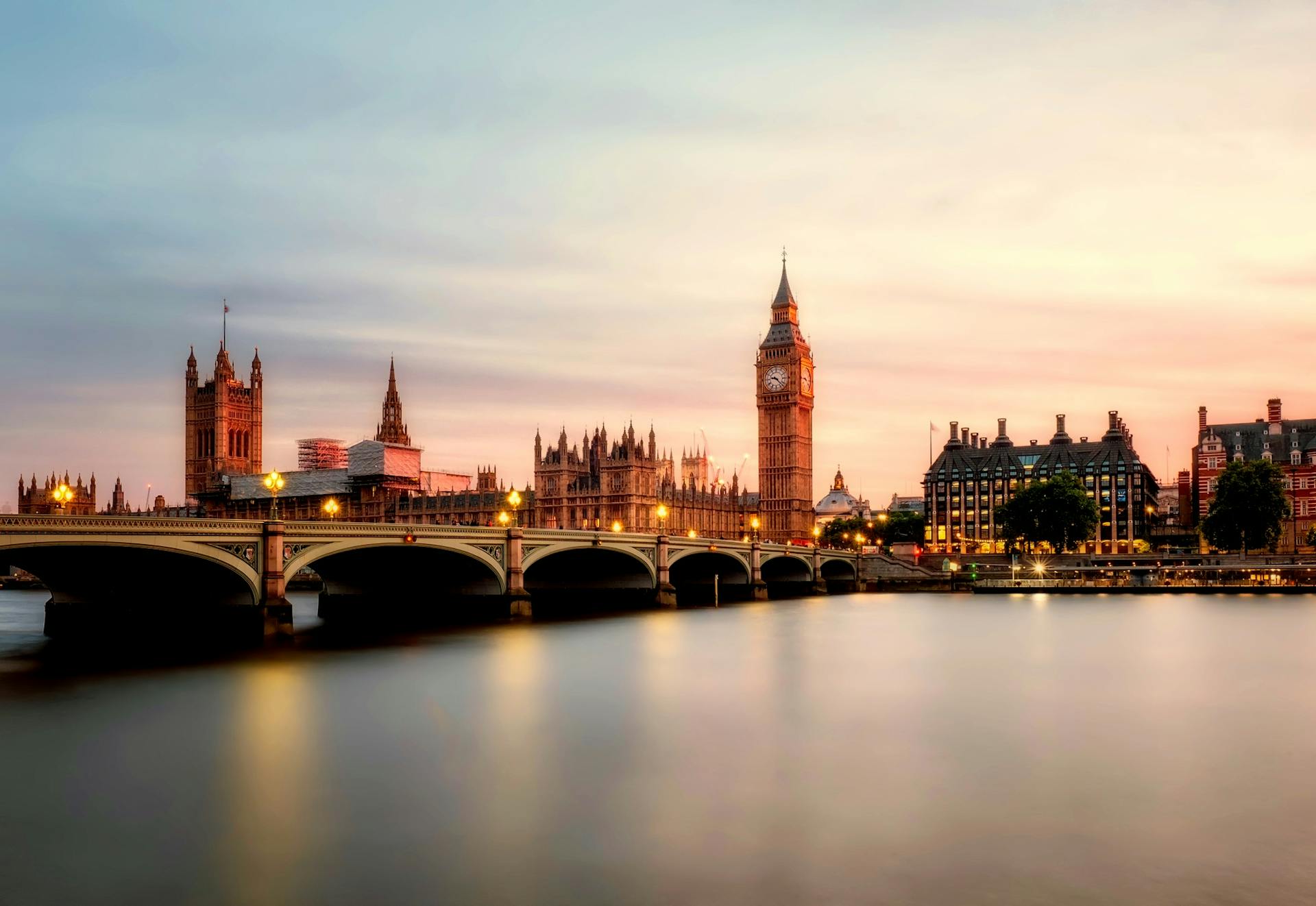London, the pulsating heart of the United Kingdom, captivates travelers from all over the globe. If you’re gearing up for your first travel to London, get ready to experience an enchanting blend of age-old tradition and cutting-edge modernity, regal splendor, and vibrant multiculturalism.
This comprehensive guide is tailored especially for first-time visitors like you, offering all the essentials to plan an unforgettable adventure – from the best times to visit and how to get around, to the ideal places to stay, top attractions, and tips to stay safe.

Introduction to London for First-Time Visitors
Why Visit London?
London transcends the definition of a mere city – it’s a living, breathing experience. Home to iconic landmarks like Big Ben, the London Eye, and Buckingham Palace, the city weaves together centuries of history with contemporary dynamism. Whether you’re passionate about historical sites, world-class culture, innovative cuisine, cutting-edge fashion, or electrifying nightlife, London promises an experience perfectly tailored to your interests.
What Makes London Special?
This global metropolis seamlessly combines centuries of history with forward-thinking innovation. Its architecture spans from ancient castles to sleek skyscrapers. Museums are free to explore, markets are lively hubs, and green spaces are abundant. Each borough has its own distinct vibe, providing endless opportunities for discovery tailored to every interest and taste.

Planning Your First Time Travel to London
When to Visit London?
The best time for first time travel to London is during late spring (April to June) or early autumn (September to October). These months offer mild weather, fewer crowds, and plenty of events. Winter brings festive charm, while summer is popular but often busy and expensive.
Setting Your Travel Budget
London isn’t cheap, but with smart planning, it can be budget-friendly. For a 5-day trip, plan to spend around £100-£150 per day including accommodation, food, transport, and entry fees. Budget options like hostels and street food can significantly cut costs.
Visa and Entry Requirements
Visitors from the EU, USA, Canada, Australia, and many other countries can enter the UK for up to 6 months without a visa. Check the official UK government site for current visa requirements based on your nationality.

How to Get to London
Flying to London
London has six international airports, with Heathrow (LHR), Gatwick (LGW), and Stansted (STN) being the most popular. Heathrow is closest to the city and well connected by the Tube (Piccadilly Line) and Heathrow Express.
Train & Coach Options
If you’re arriving from Europe, trains like the Eurostar connect cities like Paris or Brussels to London in just a few hours. Coaches (buses) are also available from nearby UK cities through services like National Express and Megabus.
Where to stay in London
Choosing the right neighborhood to stay in during your first trip to London can truly shape your experience of the city. For first-timers, centrally located areas like Covent Garden, South Bank, Kensington, and Notting Hill are all fantastic options. Covent Garden places you right amidst shopping, theaters, and delicious dining options, while South Bank offers stunning riverside views and easy access to iconic sights like the London Eye. Kensington provides a more tranquil, upscale atmosphere with close proximity to world-class museums and Hyde Park. Notting Hill enchants with its vibrant, colorful houses and charming markets, ideal for those seeking an artistic and relaxed vibe. London’s accommodations suit all budgets. Hostels and budget-friendly chains like Premier Inn are perfect for saving, while boutique hotels and short-term rentals offer cozy comforts without breaking the bank. For a splurge, iconic hotels such as The Savoy or The Ritz are available. Whatever your choice, booking early – especially during peak seasons -is wise, and staying near a Tube station will make navigating the city smooth and effortless.
Getting Around London
Public Transport: Oyster Card, Contactless, Travelcard
London’s transport is efficient but can be confusing for newcomers. The best option is the Oyster card or a contactless bank card – both offer capped daily charges and access to all transport networks (Tube, bus, tram, rail).
- Oyster card: Buy it at any Tube station or online.
- Travelcards: Ideal for those staying 7+ days, offering unlimited travel.

Tube, Buses, and Walking
- The Tube (Underground): Fast and covers most of London.
- Buses: Cheaper and great for sightseeing from the upper deck.
- Walking: Central London is walkable and scenic – ideal for short distances.
Taxi and Rideshare Options
- Black cabs are iconic but pricey.
- Uber, Bolt, and FreeNow are available and often cheaper.
- Avoid unlicensed taxis.
Top Attractions Not to Miss
- London Eye: Panoramic views of the city.
- Tower of London: Discover royal history and the Crown Jewels.
- Big Ben & Parliament: Iconic photo spot.
- Buckingham Palace: Watch the Changing of the Guard.
- Hyde Park: Relax by the Serpentine or rent a pedal boat.
- British Museum, Natural History Museum, and Tate Modern offer world-class exhibits – and they’re free!

Making the Most of Your First Time Travel to London
Your first time travel to London is bound to be unforgettable. The city is packed with iconic sights, rich culture, friendly locals, and endless surprises. Go beyond the tourist trail – explore cozy pubs, hidden courtyards, and local markets. Be open to changes in your plan, and take time to truly enjoy the London experience.
Take lots of pictures, talk to locals, and try new food. The best way to see London is by immersing yourself in its unique rhythm. One visit may not be enough – but it will leave you wanting more.
